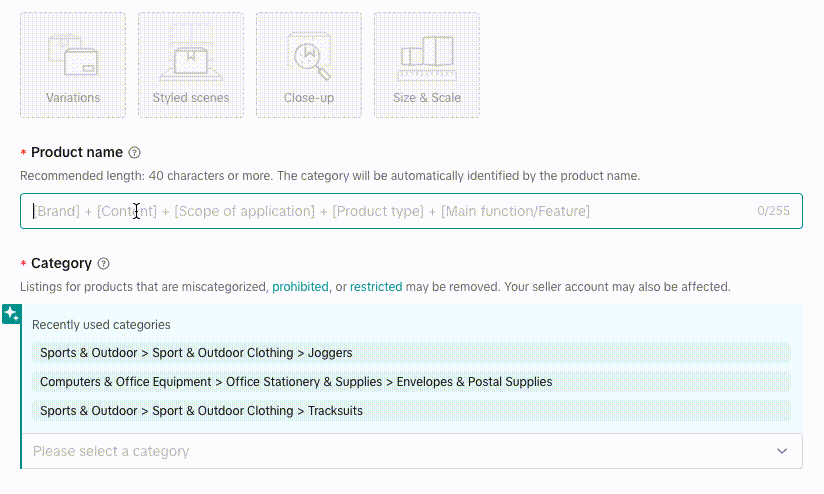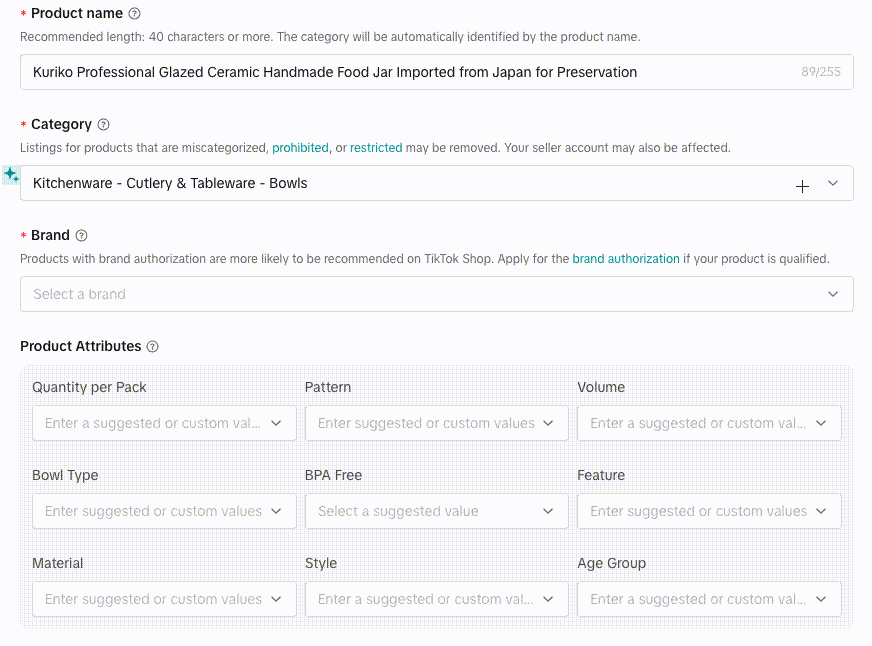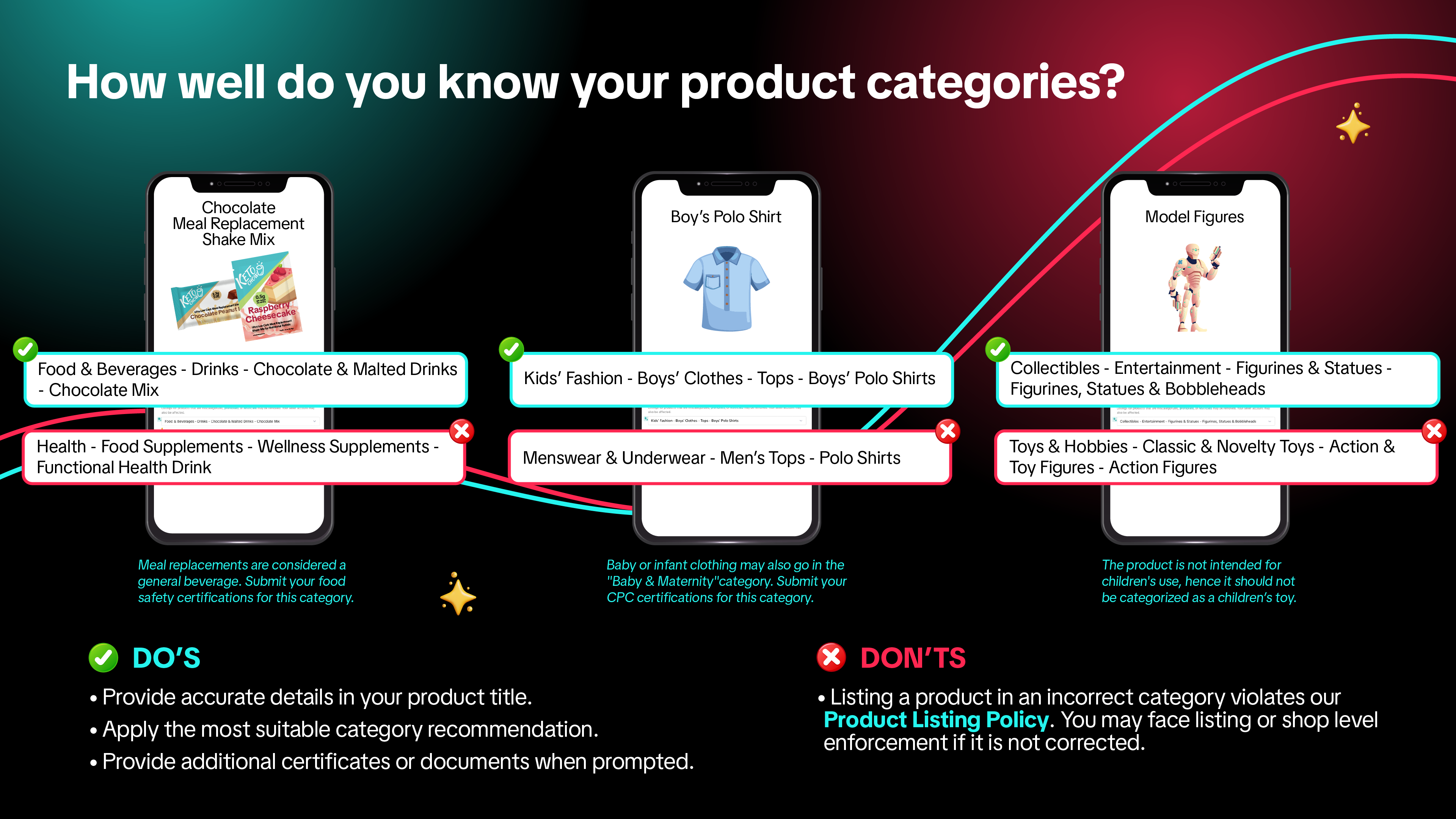Why Choosing the Right Product Category Matters
11/11/2025

Customers don’t just rely on keyword searches when shopping. They also browse and filter by product type. That’s why the right category helps your products get found fast.Key Points:
- Use the right category to improve visibility and trust on TikTok Shop.
- Review or adjust suggested categories to make sure your products are listed correctly.
- Avoid violations by checking listings regularly and getting approval for restricted categories.
TikTok Shop’s product categorization feature helps you:
- Match your product to the most relevant category.
- Adjust categories if the automatic match isn’t right.
- Avoid incorrect category violations that can affect Shop Health.
How the Product Categorization Feature Works
When you create a new listing, TikTok Shop automatically suggests a category for your product. Format your title like this:[Brand] + [Content] + [Scope of Application] + [Product Type] + [Main Function/Feature]For example:
- Nike Cotton Kids’ T-Shirt with Logo Print → Suggested category: Kids’ Fashion > Clothing > Tops
- Philips Stainless Steel Coffee Maker 12-Cup → Suggested category: Home Appliances > Kitchen Appliances
 If the suggested category isn’t right, you can pick the correct one yourself in Seller Center.
If the suggested category isn’t right, you can pick the correct one yourself in Seller Center.
Why Category Accuracy Matters
Choosing the right category helps:
- Better visibility: Customers see your product where they expect.
- Faster discovery: Shoppers can find your product easily in the right subcategory.
- Higher trust: Accurate placement makes your shop look reliable.
- Follow policies: Avoid violation tickets that affect your Shop Health.
Incorrect Category Violations
If you list your product in the wrong category, you may get a violation notice. The notice will be titled "Incorrect Category."Examples of miscategorization:
- Listing a boy’s polo shirt under Menswear instead of Kids’ Fashion.
- Listing a cat toy under Small Animal Supplies instead of Dog & Cat Supplies.
- Listing a refrigerator under Home Appliances instead of Large Home Appliances.
 How to fix it:
How to fix it:- Re-list your product under the most accurate category.
- Check competitors’ listings for reference if you’re unsure.
Categories Requiring Extra Approval
Some product categories fall under our Restricted Products Policy. To list these items, sellers must provide documents and get approval before selling. For more details, see Your Guide to Category Qualification.Best Practices
- Start with the category suggested in Seller Center.
- Make sure the category matches how customers search for your product.
- Check your active listings to keep them accurate.
- Add attributes like color, size, or brand to help your product stand out in its category.
Actions to Avoid
- Don’t test multiple categories for the same product to see which does better. It confuses customers and violates policies.
- Don’t miscategorize your product to get more exposure.
- Don’t ignore customer feedback. If customers have trouble finding your product, check your category again.